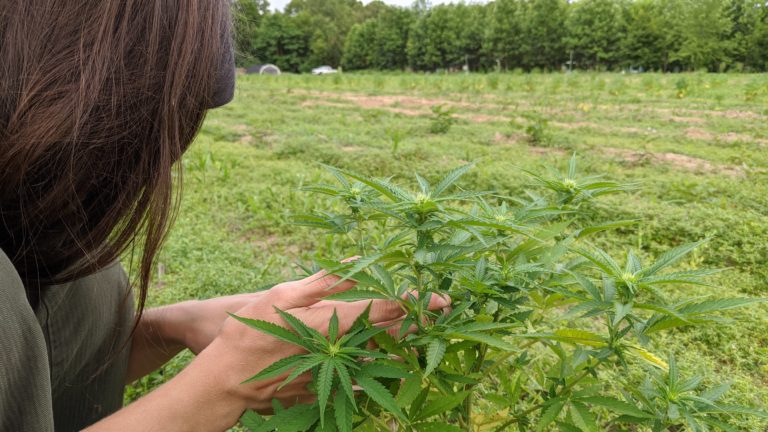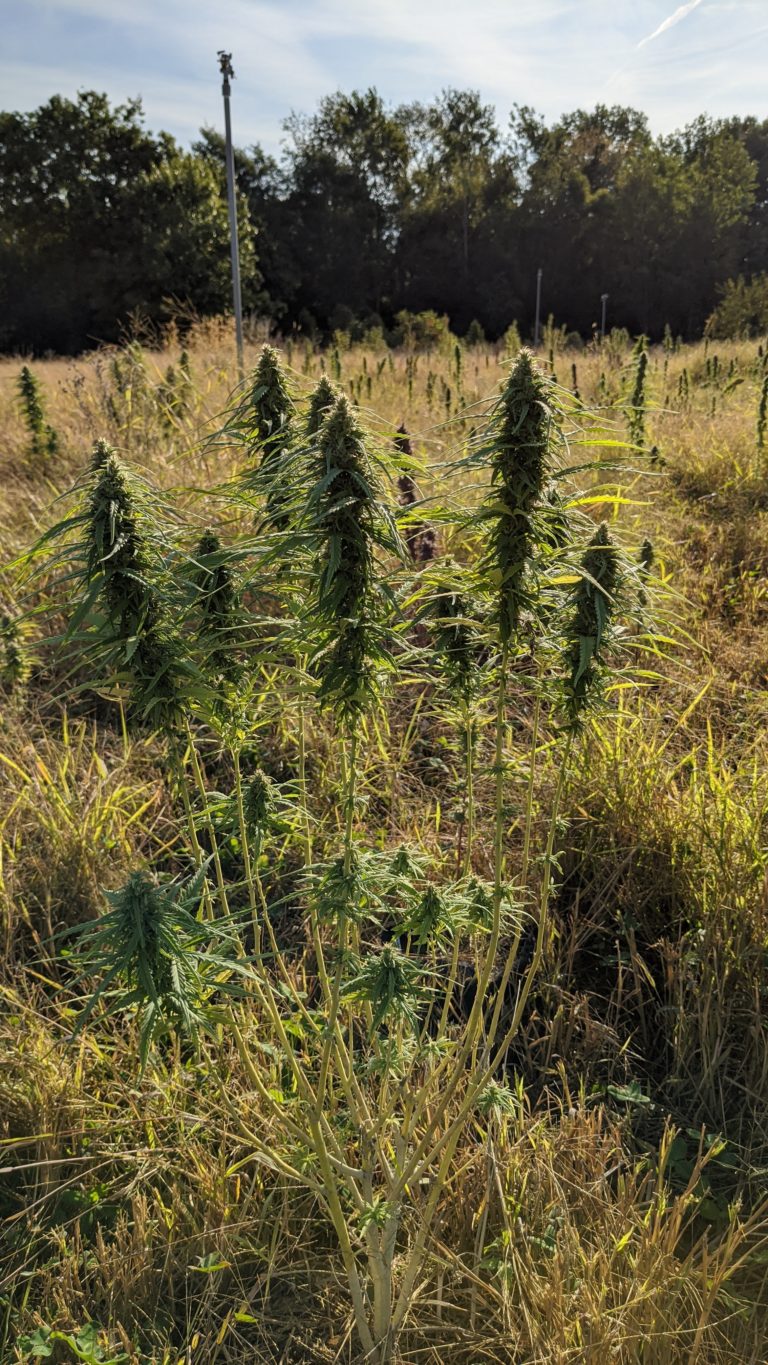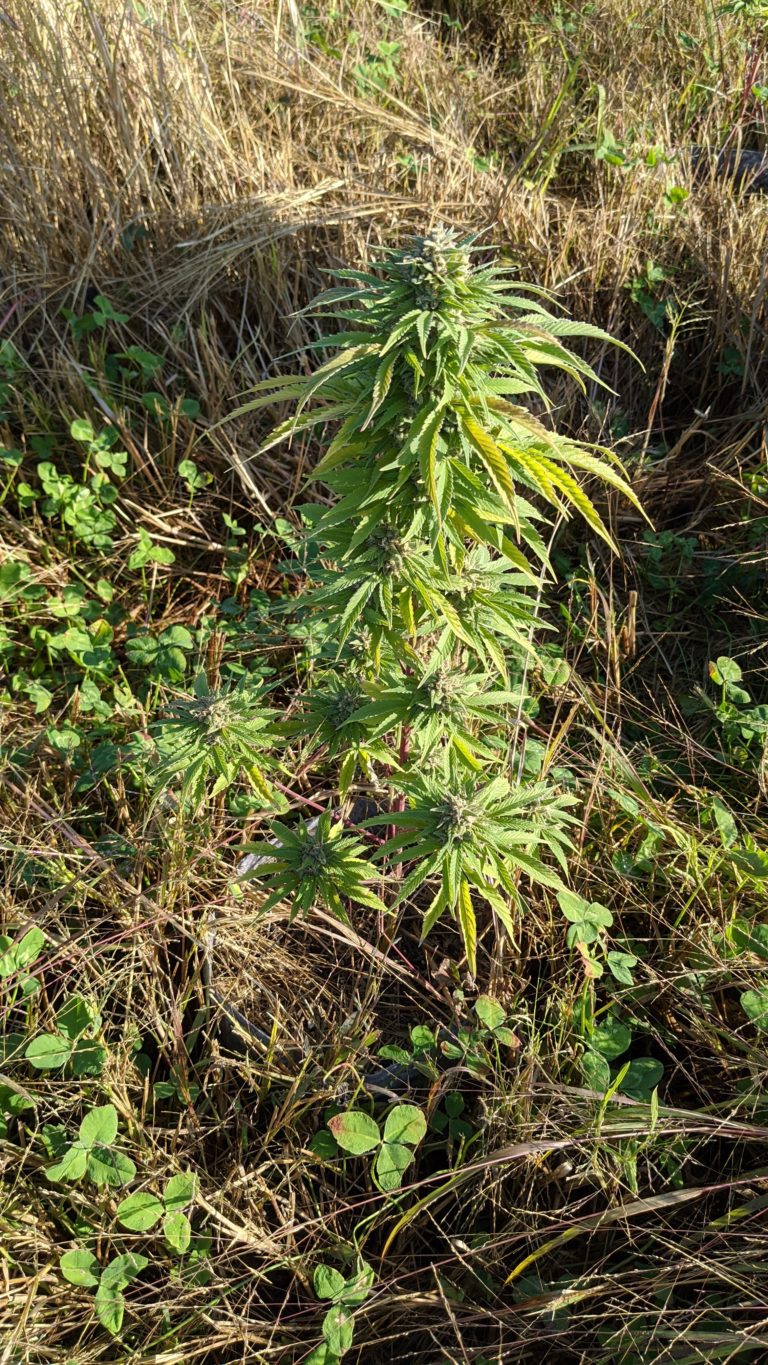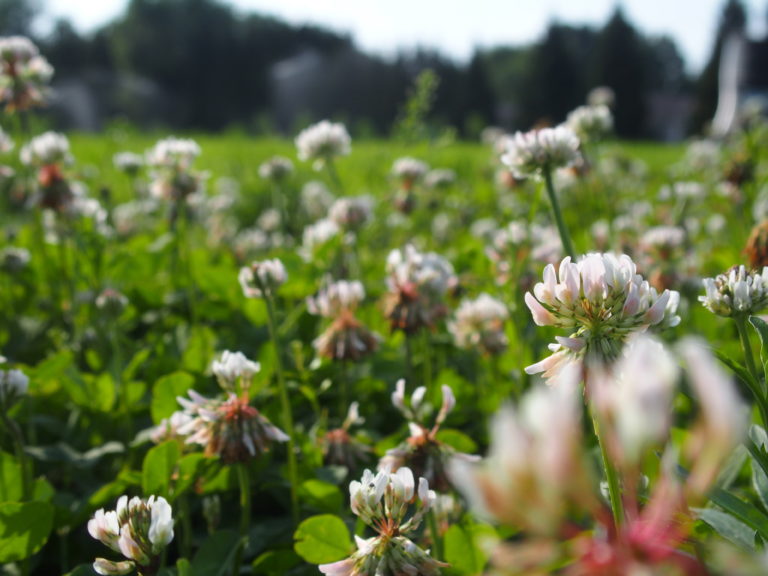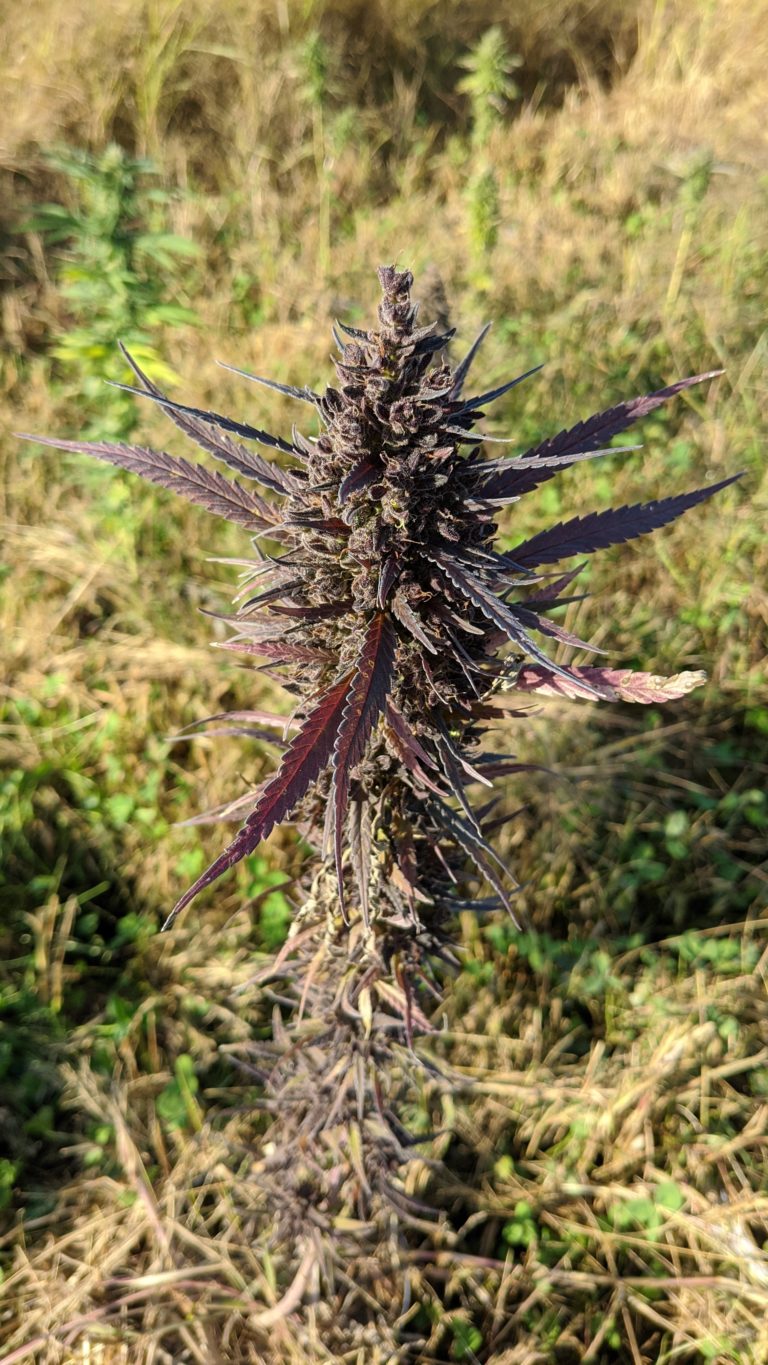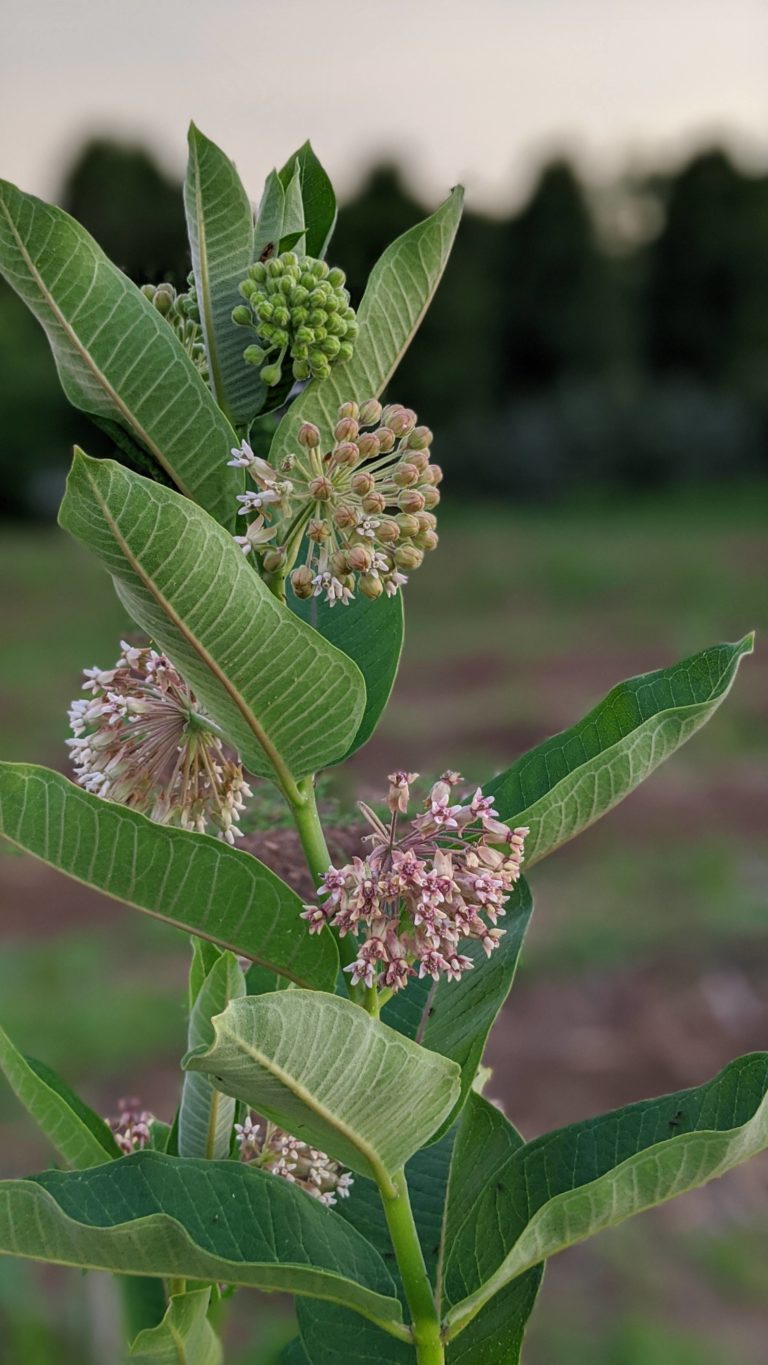To Whom it May Concern:
Thank you for giving Mima Remedies the opportunity to provide our public comment in response to United States Drug Enforcement Administration’s (DEA) publication of its Interim Final Rule (IFR) on the Implementation of the Agricultural Improvement Act of 2018 (RIN 1117-AB53/Docket No. DEA-500). Our entire response may be shared on public record.
I have attached the comment from the Hemp Industries Association to reiterate the detrimental impacts the DEA ruling will have on the hemp industry.
Hemp-derived THC should have a higher tolerance threshold. The value of THC does not increase if a product is 35% CBD with 0.2% THC or 0.4% THC. Whether intended for illicit or legal use, such a small amount of d9-THC cannot be concentrated enough from hemp to justify the associated costs. For a person needing THC, the 0.4% THC hemp product is just as undesirable as the 0.2% THC hemp product, since the effects are completely indistinguishable. The established value is entirely arbitrary. Please provide more substantial evidence to support the notion that THC is active only “above 0.3% by dry weight basis”. The biochemistry involved in this process is far more complex and dynamic than a simple percentage. For example, the amount of CBD, CBG, THCV, CBDA, CBGA, or THCA administered with THC will impact the bioavailability of THC and the associated impairment. Put simply, a CBD (and other pythocannabinoids) compound has a higher affinity to bind to cannabinoid receptors (such as CB1 receptors in the brain) than d9-THC. The impairing effects of THC are moderated and regulated by the other present cannabinoids. It is absolutely imperative for the DEA to learn more about the interactions between phytocannabinoids and the endocannabinoid system in order to have all of the necessary information to make an educated assessment for the safety of the US. Equally as important, I would like for the DEA to provide a full explanation of the evidence and justification for the established threshold of 0.3% d9-THC. It’s my understanding that this value can be traced back to a paper written by Dr. Small and Dr. Cronquist from Canada in 1976. For the purposes of their agricultural study, they needed to differentiate between recreational cannabis cultivars and hemp cultivars. This study did not address the subjective impairments of d9-THC, but rather needed to establish a difference in structure and growth.
—-
From Bluebird Botanicals:
“The 0.3% dry weight figure originated from a scientific research paper entitled Small, E., and Cronquist, A. 1976. A practical and natural taxonomy for Cannabis. Taxon 25: 405-435.
In that paper, Cannabis sativa was defined with “Δ9-THC comprising less than 0.3% (dry weight) of upper, younger leaves, and usually less than half of cannabinoids of resin,” and Cannabis indica as “with Δ9-THC comprising more than 0.3% (dry weight) of upper, younger leaves, and frequently more than half of cannabinoids of resin.”
While the definition found in this paper did also make mention of Cannabis sativa having limited intoxicant ability with Cannabis indica having a higher propensity to produce intoxicating effects, this division between sativa and indica cannabis varieties was not intended to be a prescriptive measure of the plant’s capacity to get users high. Read: this distinction between hemp and marijuana based on THC limit is not necessarily a factor that can indicate whether a strain will or will not get users high.
Dr. Small explains further on the Cornell University FAQ page. Straight from the horse’s mouth:
“Over the years, I have had many inquiries regarding whether the 0.3% criterion was based on potential for abuse – i.e. the possibility of using hemp to get high.
“No, it was not – the criterion was based on the pattern of variation in the real world: it happens that for thousands of years people have selected plants for fiber (subsp. sativa; low-intoxicant plants) and for marijuana (subsp. indica; high-intoxicant plants), and my studies simply revealed this pattern.”
Despite this, as well as the fact that most cannabis material must contain at least 1% THC to even approach producing psychoactive effects, the Canadian government moved forward using Small’s distinction as the basis for legislation. And, following Canada’s lead, the U.S. moved forward following this same guideline when it started changing regulations around cannabis.”
—
Dr. Small’s full study is attached to this comment. I suggest reading it to gain more context.
I’m tired of hearing the DEA claim there is not enough research available when they are the sole agency responsible for the lack of public knowledge and research on cannabis at US institutions. Because of strict restrictions, an arduous application process, the negative social stigma caused by the War on Drugs, and threats to cut federal funding, US universities and research institutions were suppressed for 50 years from conducting foundational research on Cannabis sativa, L. Meanwhile, the DEA maintains THC as a schedule 1 controlled substance with no proven medical application. The agency demanding information cannot be the same agency preventing the research to be performed. At Michigan State University in 2016, the College of Agriculture was too afraid of losing federal funding, and therefore would not allow me or any other colleagues to perform industrial hemp research. If the DEA would read more scientific literature on the medicinal uses of cannabis today, they would be overwhelmed by the plethora of studies from around the world. Unfortunately, they choose to only acknowledge the data from the institutions under their control.
The 2019 IPC Cannabis Report from Michigan concluded the state should not implement a numerical limit for the impairment level of d9-THC. They state, “Based on the total body of knowledge presently available, the Commission finds there is no scientifically supported threshold of ∆9-THC bodily content that would be indicative of impaired driving due to the fact that there is a poor correlation between driving impairment and the blood (plasma) levels of ∆9-THC at the time of blood collection.” I have attached the report, I suggest reading it in its entirety.
“The U.S. Food and Drug Administration (FDA) has recently found that many cannabis-derived products do not contain the levels of cannabinoids that they claim to contain on their labels.” I have tested these products myself during my two years as a laboratory technician in a cannabis safety compliance testing facility. Because of the truth in this claim, it would be of much better service to the industry if the FDA were to regulate such false claims. But keep in mind, everyday there are businesses making false claims within the food, beauty and auto industries to name a few. When Kellogg claimed Frosted Mini Wheats will make you 20% more attentive, they agreed to a $4 million settlement, but the entire cereal industry was not on trial for such behavior. Please do not allow your lack of regulation become a reason to condemn hemp businesses, when, by and large, far more ethical business practices are seen throughout the hemp industry.
I do not find it humorous to claim DEA registrants will be saving an estimated $5,039.00 annually, while the DEA had a FY budget of $2.862 billion (+15.5%) in 2019. Any amount of money “saved” does not justify the stealing and misuse of our money since 1973. It’s time you give back the money and, more importantly, the people you have taken from us. We do not pay our taxes to lose our rights. Restore hope in our government agencies by working for the people that deserve your support. Reparations must be made for the War on Drugs, but first it needs to end. The demonization of Cannabis sativa, L. will end with hemp leading the way.
On behalf of Mima Remedies,
Brandon


